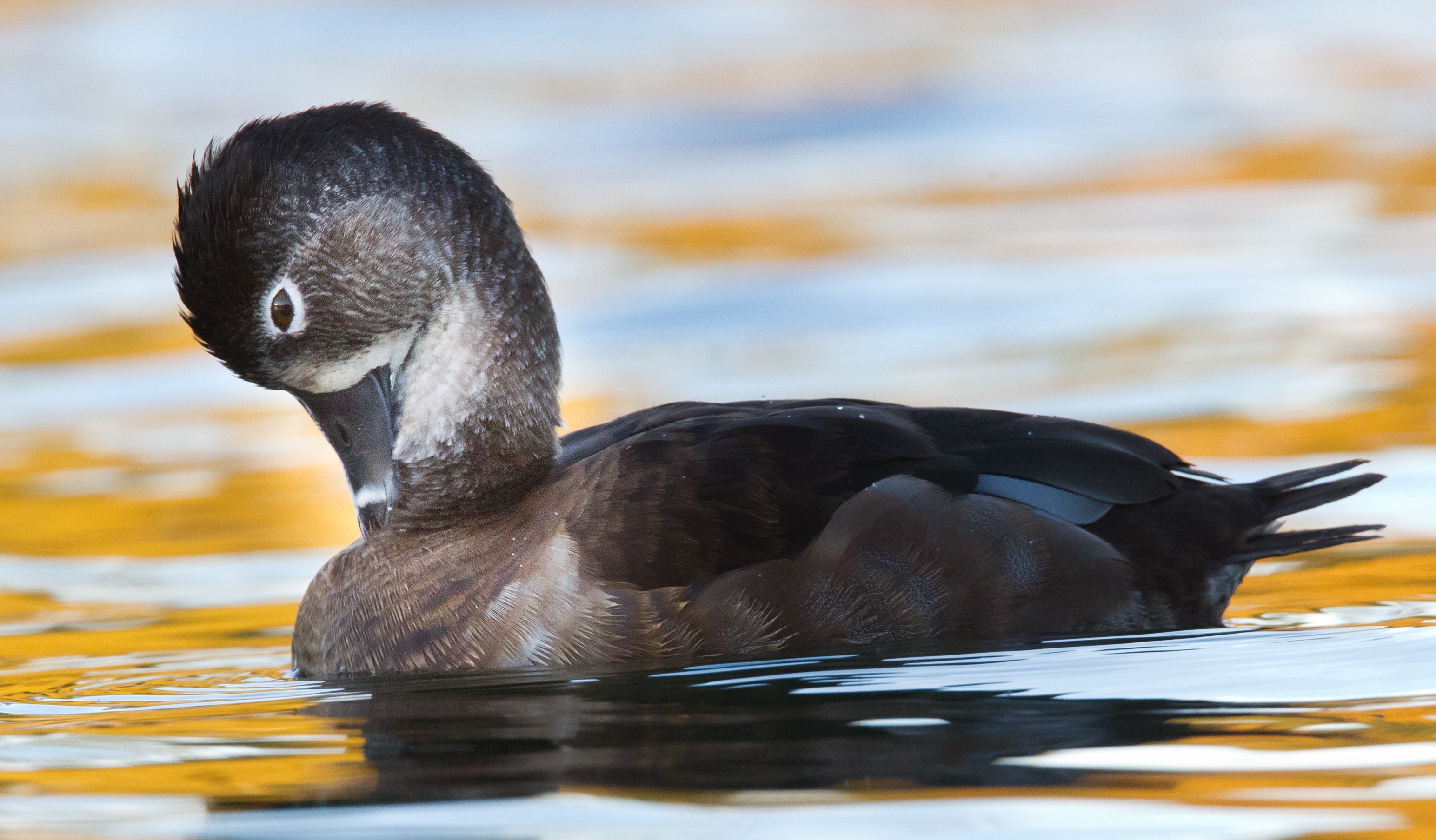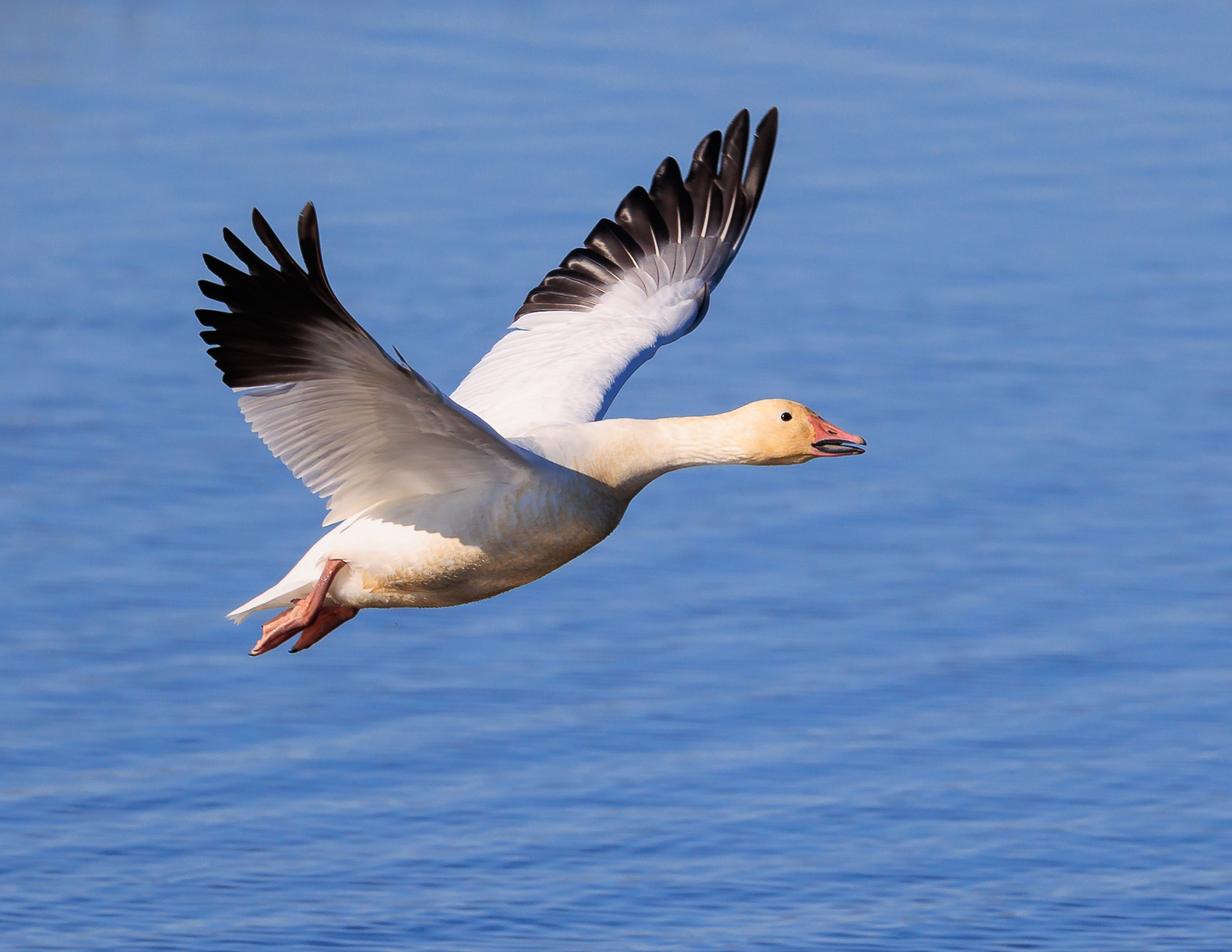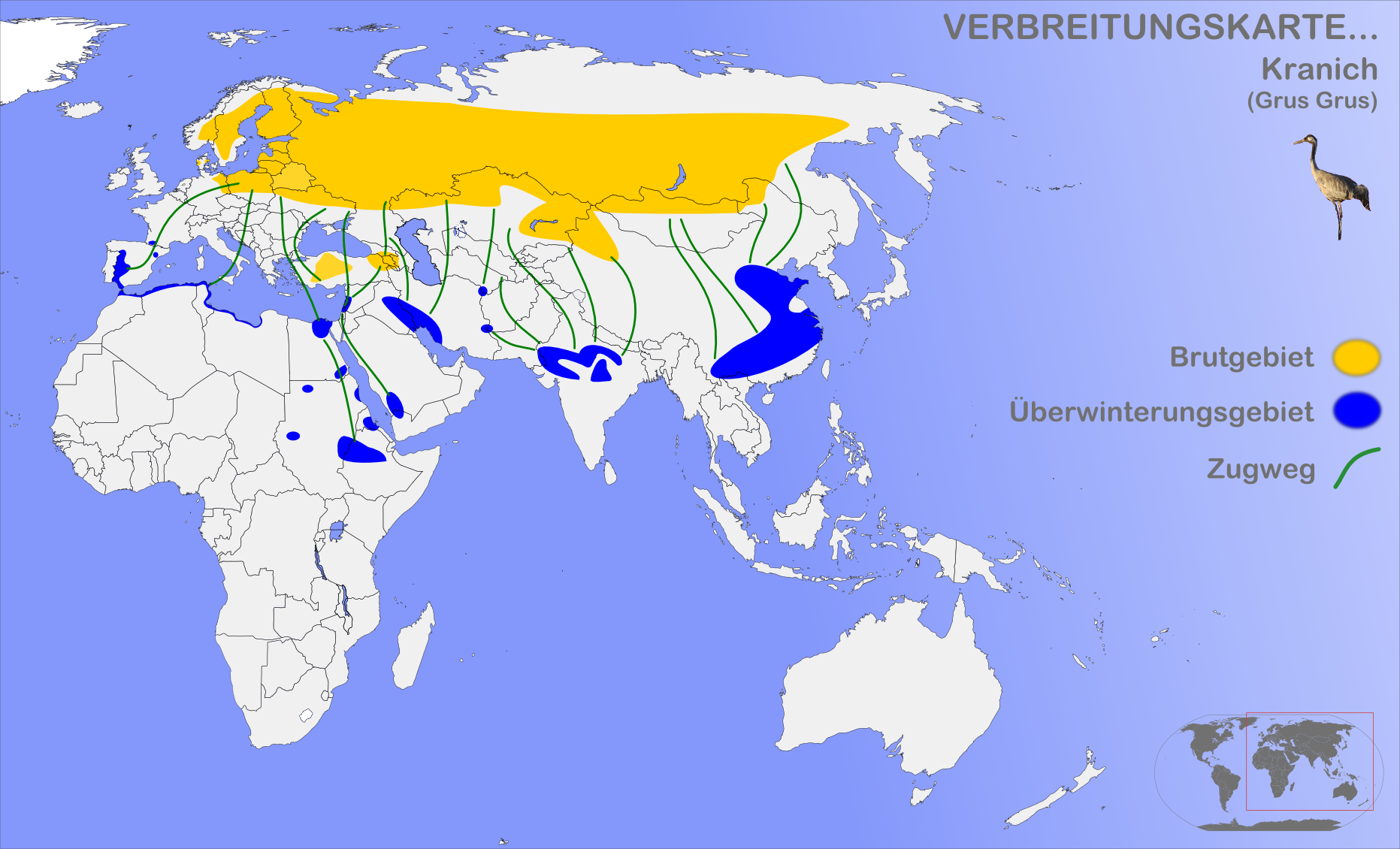|
WWT Caerlaverock
WWT Caerlaverock is wetland nature reserve in southwest Scotland, one of nine reserves in Britain operated by the Wildfowl and Wetlands Trust founded by Sir Peter Scott. It covers a site at Eastpark Farm, on the north shore of the Solway Firth to the south of Dumfries. It is a wild nature reserve with a network of screened approaches and several observation towers. There is a visitor centre and farmhouse accommodation. The site received 16,105 visitors in 2019. Caerlaverock is home to one of only two UK populations of the "living fossil" ''Triops cancriformis'', the horseshoe shrimp. It is also home to the UK's most northerly population of the natterjack toad. Almost the entire Svalbard population of barnacle goose overwinters in the Solway Firth area, with many of the birds often at Caerlaverock for part or all of the winter; their protection by the reserve has enabled the population to recover from just 500 birds in the 1940s, to over 25,000 now. In 2016 the peak co ... [...More Info...] [...Related Items...] OR: [Wikipedia] [Google] [Baidu] |
Wetland
A wetland is a distinct ecosystem that is flooded or saturated by water, either permanently (for years or decades) or seasonally (for weeks or months). Flooding results in oxygen-free (anoxic) processes prevailing, especially in the soils. The primary factor that distinguishes wetlands from terrestrial land forms or Body of water, water bodies is the characteristic vegetation of aquatic plants, adapted to the unique anoxic hydric soils. Wetlands are considered among the most biologically diverse of all ecosystems, serving as home to a wide range of plant and animal species. Methods for assessing wetland functions, wetland ecological health, and general wetland condition have been developed for many regions of the world. These methods have contributed to wetland conservation partly by raising public awareness of the functions some wetlands provide. Wetlands occur naturally on every continent. The water in wetlands is either freshwater, brackish or seawater, saltwater. The main w ... [...More Info...] [...Related Items...] OR: [Wikipedia] [Google] [Baidu] |
Peregrine Falcon
The peregrine falcon (''Falco peregrinus''), also known as the peregrine, and historically as the duck hawk in North America, is a Cosmopolitan distribution, cosmopolitan bird of prey (Bird of prey, raptor) in the family (biology), family Falconidae. A large, Corvus (genus), crow-sized falcon, it has a blue-grey back, barred white underparts, and a black head. The peregrine is renowned for its speed, reaching over during its characteristic hunting stoop (high-speed dive), making it the fastest bird in the world, as well as the Fastest animals, fastest member of the animal kingdom. According to a ''National Geographic (U.S. TV channel), National Geographic'' TV program, the highest measured speed of a peregrine falcon is . As is typical for avivore, bird-eating raptors, peregrine falcons are Sexual dimorphism, sexually dimorphic, with females being considerably larger than males. The peregrine's breeding range includes land regions from the Arctic tundra to the tropics. It can b ... [...More Info...] [...Related Items...] OR: [Wikipedia] [Google] [Baidu] |
Caerlaverock Castle
Caerlaverock Castle is a moated triangular castle first built in the 13th century. It is located on the southern coast of Scotland, south of Dumfries, on the edge of the Caerlaverock National Nature Reserve. Caerlaverock was a stronghold of the Maxwell family from the 13th century until the 17th century, when the castle was abandoned. It was besieged by the English during the Wars of Scottish Independence, and underwent several partial demolitions and reconstructions over the 14th and 15th centuries. In the 17th century, the Maxwells were created Earls of Nithsdale, and built a new lodging within the walls, described as among "the most ambitious early classical domestic architecture in Scotland". In 1640 the castle was besieged for the last time and was subsequently abandoned. Although demolished and rebuilt several times, the castle retains the distinctive triangular plan first laid out in the 13th century. Caerlaverock Castle was built to control trade in early times. The c ... [...More Info...] [...Related Items...] OR: [Wikipedia] [Google] [Baidu] |
Barn Owl
The barn owl (''Tyto alba'') is the most widely distributed species of owl in the world and one of the most widespread of all species of birds, being found almost everywhere except for the polar and desert regions, Asia north of the Himalayas, most of Indonesia, and some Pacific Islands. It is also known as the common barn owl, to distinguish it from the other species in its family, Tytonidae, which forms one of the two main lineages of living owls, the other being the typical owls (''Strigidae''). There are at least three major lineages of barn owl: the western barn owl of Europe, western Asia, and Africa; the eastern barn owl of southeastern Asia and Australasia; and the American barn owl of the Americas. Some taxonomic authorities classify barn owls differently, recognising up to five separate species; and further research needs to be done to resolve the disparate taxonomies. There is considerable variation of size and colour among the approximately 28 subspecies, but most ... [...More Info...] [...Related Items...] OR: [Wikipedia] [Google] [Baidu] |
Osprey
The osprey (''Pandion haliaetus''), , also called sea hawk, river hawk, and fish hawk, is a diurnal, fish-eating bird of prey with a cosmopolitan range. It is a large raptor reaching more than in length and across the wings. It is brown on the upperparts and predominantly greyish on the head and underparts. The osprey tolerates a wide variety of habitats, nesting in any location near a body of water providing an adequate food supply. It is found on all continents except Antarctica, although in South America it occurs only as a non-breeding migrant. As its other common names suggest, the osprey's diet consists almost exclusively of fish. It possesses specialised physical characteristics and exhibits unique behaviour to assist in hunting and catching prey. As a result of these unique characteristics, it has been given its own taxonomic genus, ''Pandion'', and family, Pandionidae. Taxonomy The osprey was described by Carl Linnaeus under the name ''Falco haliaeetus'' in his ... [...More Info...] [...Related Items...] OR: [Wikipedia] [Google] [Baidu] |
Harald V Of Norway
Harald V ( no, Harald den femte, ; born 21 February 1937) is King of Norway. He acceded to the throne on 17 January 1991. Harald was the third child and only son of King Olav V of Norway and Princess Märtha of Sweden. He was second in the line of succession at the time of his birth, behind his father. In 1940, as a result of the German occupation during World War II, the royal family went into exile. Harald spent part of his childhood in Sweden and the United States. He returned to Norway in 1945, and subsequently studied for periods at the University of Oslo, the Norwegian Military Academy, and Balliol College, Oxford. Following the death of his grandfather Haakon VII in 1957, Harald became crown prince as his father became king. A keen sportsman, he represented Norway in sailing at the 1964, 1968, and 1972 Olympic Games, and later became patron of World Sailing. Harald married Sonja Haraldsen in 1968, their relationship having initially been controversial due to her sta ... [...More Info...] [...Related Items...] OR: [Wikipedia] [Google] [Baidu] |
White-tailed Plover
The white-tailed lapwing or white-tailed plover (''Vanellus leucurus'') is a wader in the lapwing genus. The genus name ''Vanellus'' is Medieval Latin for a lapwing and derives from ''vannus'' a winnowing fan. The specific ''leucurus'' is from Ancient Greek ''leukouros'', "white-tailed". This medium-sized lapwing is long-legged and fairly long-billed. It is the only lapwing likely to be seen in other than very shallow water, where it picks insects and other small prey mainly from the surface. Adults are slim erect birds with a brown back and foreneck, paler face and grey breast. Its long yellow legs, pure white tail and distinctive brown, white and black wings make this species unmistakable. Young birds have a scaly back, and may show some brown in the tail. The breeding season call is a ''peewit'', similar to northern lapwing. It breeds semi-colonially on inland marshes in Iraq, Iran and southern Russia. Four eggs are laid in a ground nest. The Iraqi and Iranian breeders are m ... [...More Info...] [...Related Items...] OR: [Wikipedia] [Google] [Baidu] |
Ring-necked Duck
The ring-necked duck (''Aythya collaris'') is a diving duck from North America commonly found in freshwater ponds and lakes. The scientific name is derived from Greek , an unidentified seabird mentioned by authors including Hesychius and Aristotle, and Latin ''collaris'', "of the neck" from ''collum'', "neck". Description Ring-necked ducks are small to medium-sized diving ducks with the following length, weight, and wingspan measurements: * Length: 15.3-18.1 in (39-46 cm) * Weight: 17.3-32.1 oz (490-910 g) * Wingspan: 24.4-24.8 in (62-63 cm) The adult male is similar in color pattern to the Eurasian tufted duck, its relative. Males are a little bit bigger than the female. It has two white rings surrounding its gray bill, a shiny black angular head, black back, white line on the wings, a white breast and yellow eyes. The adult female has a grayish brown angular head and body with a dark brown back, a dark bill with a more subtle light band than the male, grayish-bl ... [...More Info...] [...Related Items...] OR: [Wikipedia] [Google] [Baidu] |
Snow Goose
The snow goose (''Anser caerulescens'') is a species of goose native to North America. Both white and dark morphs exist, the latter often known as blue goose. Its name derives from the typically white plumage. The species was previously placed in the genus ''Chen'', but is now typically included in the "gray goose" genus ''Anser''. Snow geese breed north of the timberline in Greenland, Canada, Alaska, and the northeastern tip of Siberia, and spend winters in warm parts of North America from southwestern British Columbia through parts of the United States to Mexico. Snow goose populations increased dramatically in the 20th century. Taxonomy In 1750 the English naturalist George Edwards included an illustration and a description of the snow goose in the third volume of his ''A Natural History of Uncommon Birds''. He used the English name "The blue-winged goose". Edwards based his hand-coloured etching on a preserved specimen that had been brought to London from the Hudson Bay a ... [...More Info...] [...Related Items...] OR: [Wikipedia] [Google] [Baidu] |
Red-breasted Goose
The red-breasted goose (''Branta ruficollis'') is a brightly marked species of goose in the genus ''Branta'' from Eurasia. It is currently classified as vulnerable by the IUCN. Taxonomy and etymology The red-breasted goose is sometimes placed in its own genus ''Rufibrenta'' but appears close enough to the brant goose (''Branta bernicla'') to make this unnecessary, despite its distinct appearance. Today all major authorities include the red-breasted goose in ''Branta''. Genetic studies indicate that the red-breasted goose may be one the few known examples of hybrid speciation in birds, being the result of ancient interbreeding between the ancestral brant goose and white-cheeked goose (the latter being the ancestral species that later split into all today's ''Branta'' species, except the brant and red-breasted geese). This interbreeding appears to have happened at least 3.5 million years ago, with the lineage of the red-breasted goose following its own evolutionary path since th ... [...More Info...] [...Related Items...] OR: [Wikipedia] [Google] [Baidu] |
Long-billed Dowitcher
The long-billed dowitcher (''Limnodromus scolopaceus'') is a medium-sized shorebird with a relatively long bill belonging to the sandpiper family, Scolopacidae. In breeding plumage, adults are characterized by a beautiful rufous head and underparts with a darker mottled back and a large white upper rump only seen in flight. They feed in various freshwater habitats with their bill underwater in a "sewing machine" motion and are known to have an exciting mating display where males chase females in flight. The genus, ''Limnodromus'' is Ancient Greek from ''limne'', "marsh" and ''dromos'', "racer". The specific ''scolopaceus'' is New Latin for "snipe-like", from Latin ''scolopax, scolopacis'', a snipe or woodcock. The English name is from Iroquois and was first recorded in 1841. The Long-billed dowitcher is nearly identical in appearance to the Short-billed dowitcher and was only recognized as a separate species in 1950 by Pitelka. Between the two, the best distinguishing field mar ... [...More Info...] [...Related Items...] OR: [Wikipedia] [Google] [Baidu] |
Common Crane
The common crane (''Grus grus''), also known as the Eurasian crane, is a bird of the family Gruidae, the cranes. A medium-sized species, it is the only crane commonly found in Europe besides the demoiselle crane (''Grus virgo'') and the Siberian crane (''Leucogeranus leucogeranus''). Along with the sandhill (''Antigone canadensis'') and demoiselle cranes and the brolga (''Antigone rubicunda''), it is one of only four crane species not currently classified as threatened with extinction or conservation dependent on the species level. Despite the species' large numbers, local extinctions and extirpations have taken place in part of its range, and an ongoing reintroduction project is underway in the United Kingdom. Taxonomy The first formal description of the common crane was by the Swedish naturalist Carl Linnaeus in 1758 in the tenth edition of his ''Systema Naturae'' under the binomial name ''Ardea grus''. The current genus ''Grus'' was erected by the French zoologist Mathuri ... [...More Info...] [...Related Items...] OR: [Wikipedia] [Google] [Baidu] |









_RWD2.jpg)

